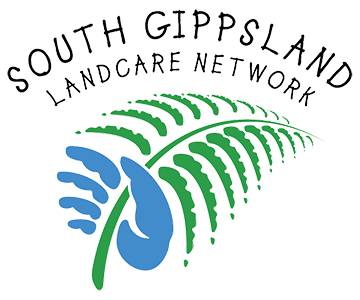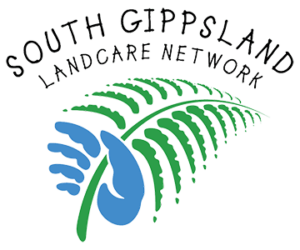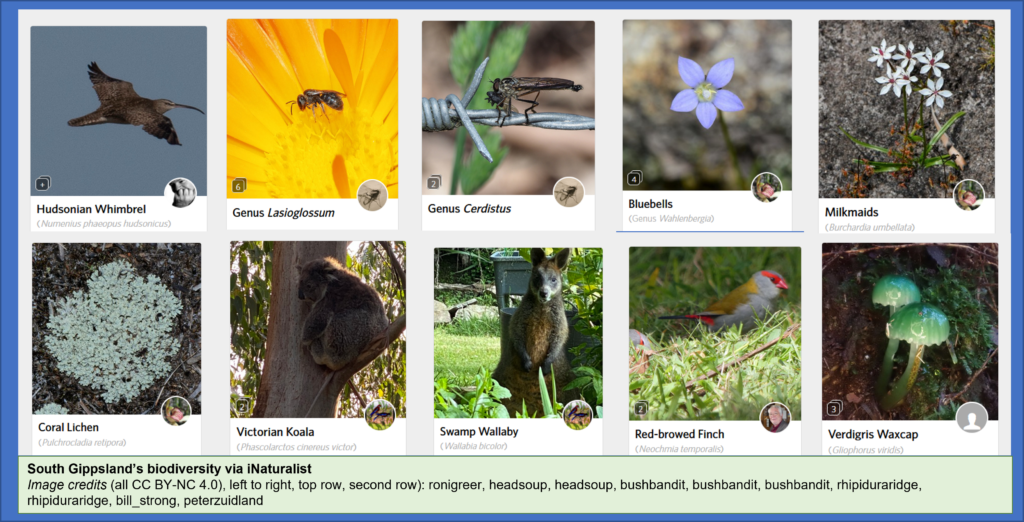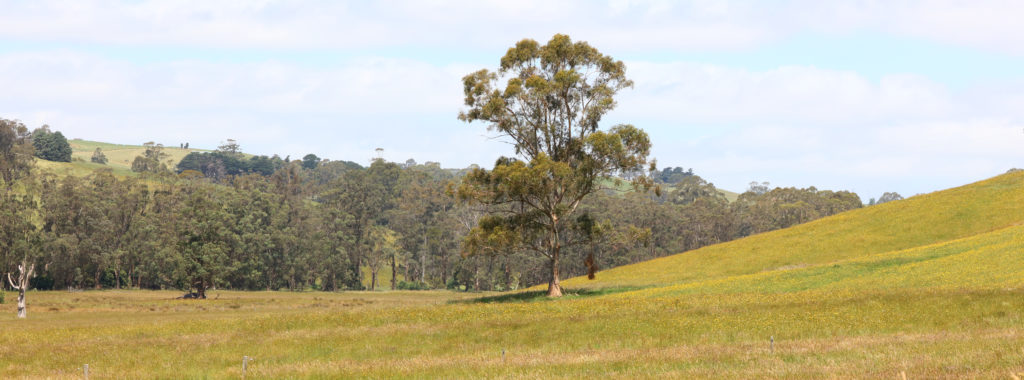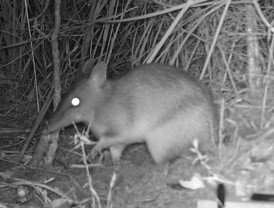South Gippsland Landcare Network (SGLN) wrapped up its highly successful Green Dams Project with an on-farm field day that featured an interesting mix of research and practical experience. For those who couldn’t make it, here’s a video about the project.
The Project, which was funded by Food & Fibre Gippsland through the Victoria Drought Resilience Adoption and Innovation Hub and from the Australian Government’s Future Drought Fund, explored different ways of managing farm dams for drought resilience, productivity and biodiversity.
Field day host, Jillian Staton, said that excluding or restricting stock from dams had delivered significant benefits to the farm business she runs with her husband, Bruce. Top of the list was removing the risk of dam failure caused by erosion, followed by better grazing and stock management. Added bonuses were the increase in birds, frogs and other wildlife, and the fact that researchers considered each of the managed dams suitable to release endangered native fish for conservation.
Monitoring carried out by Deakin University Senior Lecturer, Ty Matthews, and students Balin Branch-Spence and Jasper Davis, revealed that the managed dams had higher water quality than the dam that was completely open to stock (Deakin University is a partner in the Vic Hub). Their research also showed far greater diversity of macroinvertebrate, bird and frog activity in the managed dams compared with the completely open dam.
Interestingly, the Deakin researchers found that each of the managed dams supported a different range of species. Ecologist David Carew linked those differences to the profile of each dam and the types of vegetation able to survive within that profile.
David and fellow presenter Matt Bowler from the West Gippsland Catchment Management Authority both stressed that dams need to be designed to meet the landholder’s needs. However, there are clear advantages for water quality and biodiversity when dam margins are shallow enough to accommodate aquatic vegetation (ideally 30cm below the high-water mark). Even better outcomes are achieved when the margins are allowed to dry out in summer and refill in winter or spring as this promotes germination.
Matt’s presentation also highlighted the potential for farmers to reconstruct chains of ponds to reduce the devastating impacts of heavy rain events. He noted that these areas can be grazed for short periods in summer when other fodder sources are low, giving farmers extra feed security.
As a result of this project, SGLN is excited about the potential for farm dams across the region to be enhanced to deliver productivity and environmental benefits, particularly in the face of climate change. SGLN will also put together a case study about different management strategies to assist farmers considering their own project.
If you’re interested in learning more about enhancing farm dams, visit or contact Cassie, SGLN Projects and Education Coordinator: cassie@sgln.net.au, 0448 739 559.
To view presentations from the field day see here
The project received funding from the Australian Government’s Future Drought Fund.
Header photo credit: Food & Fibre Gippsland (photographer Barb Radley)
